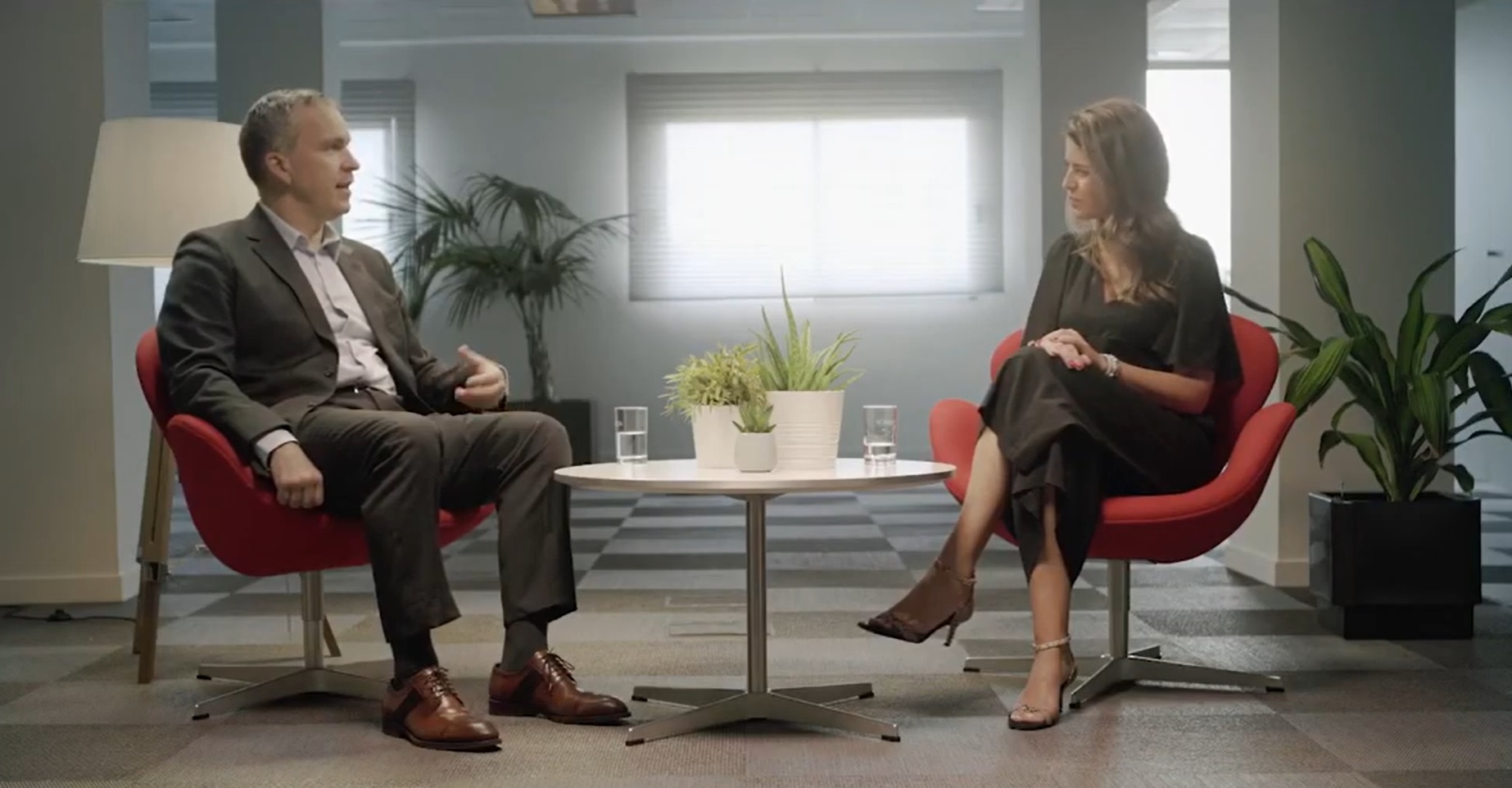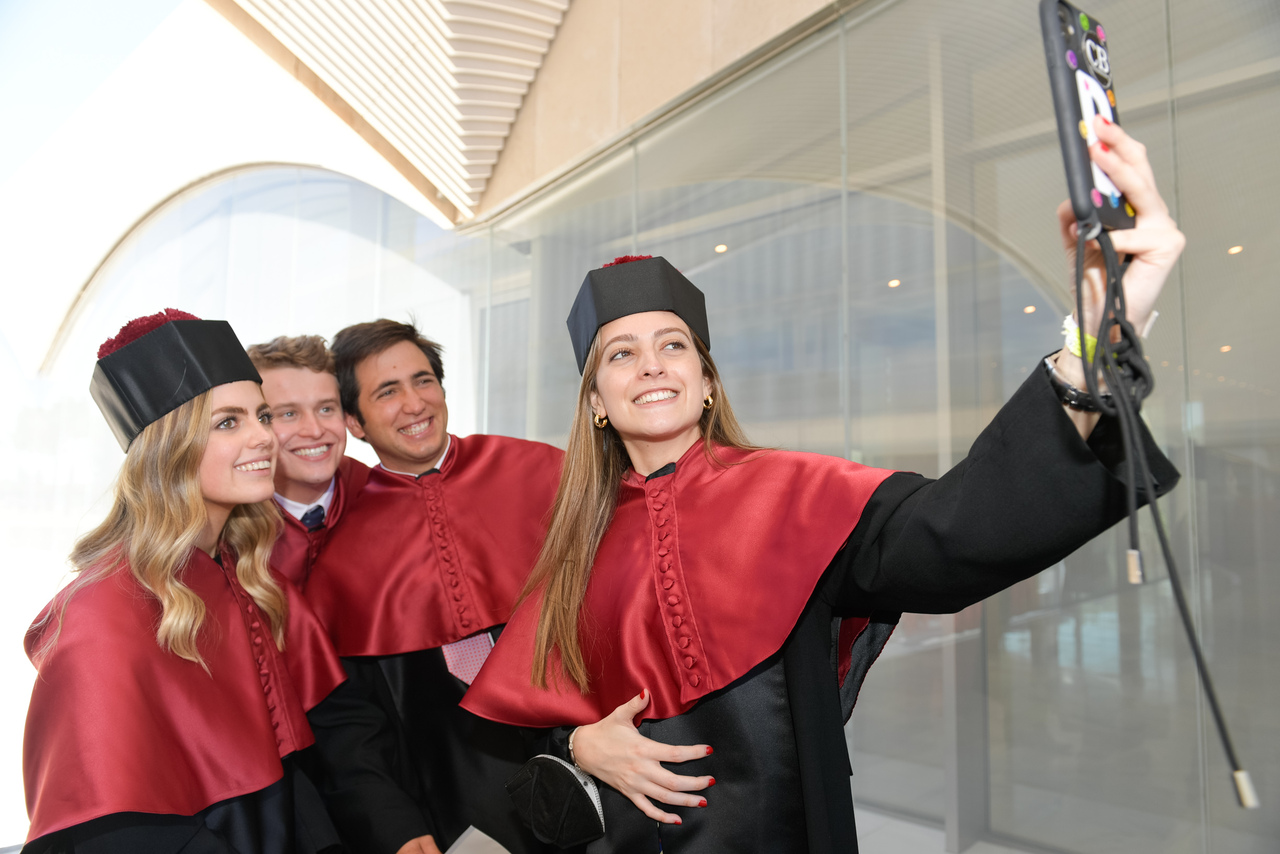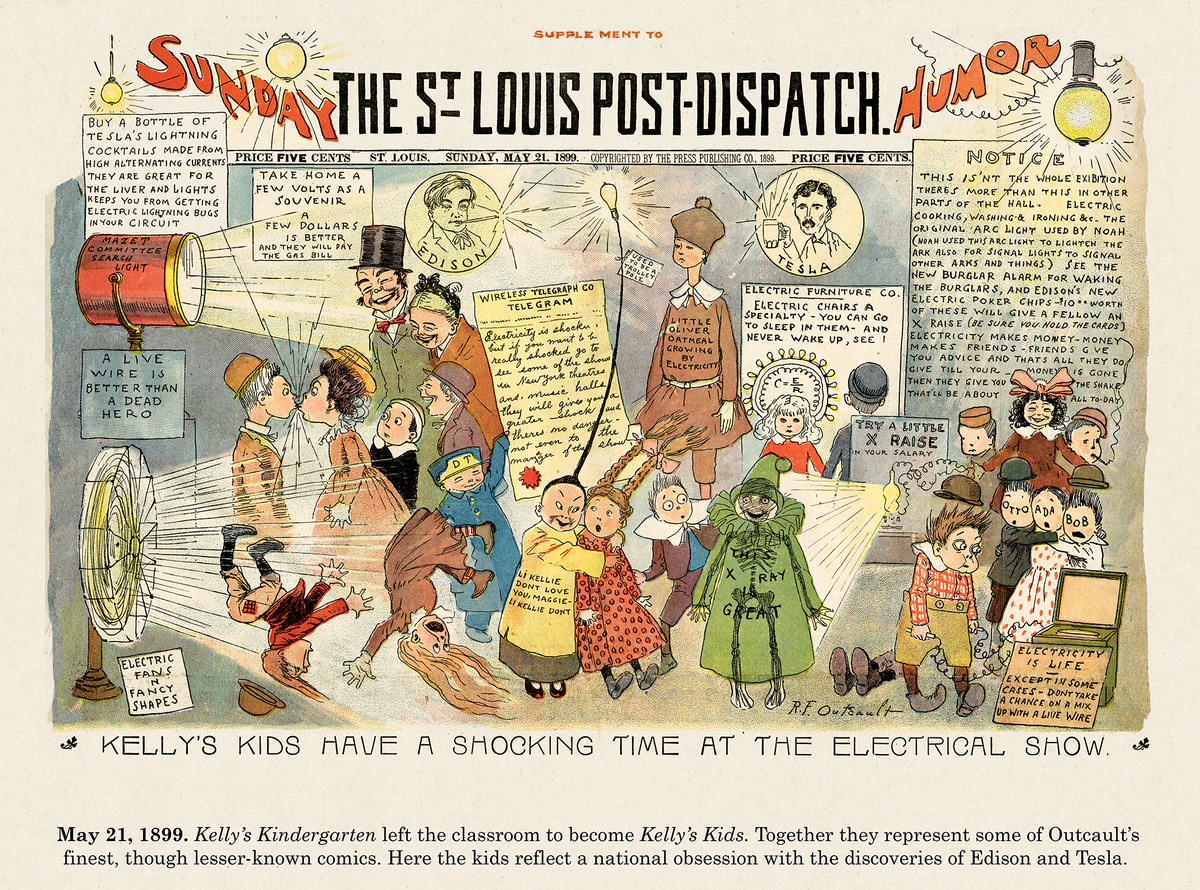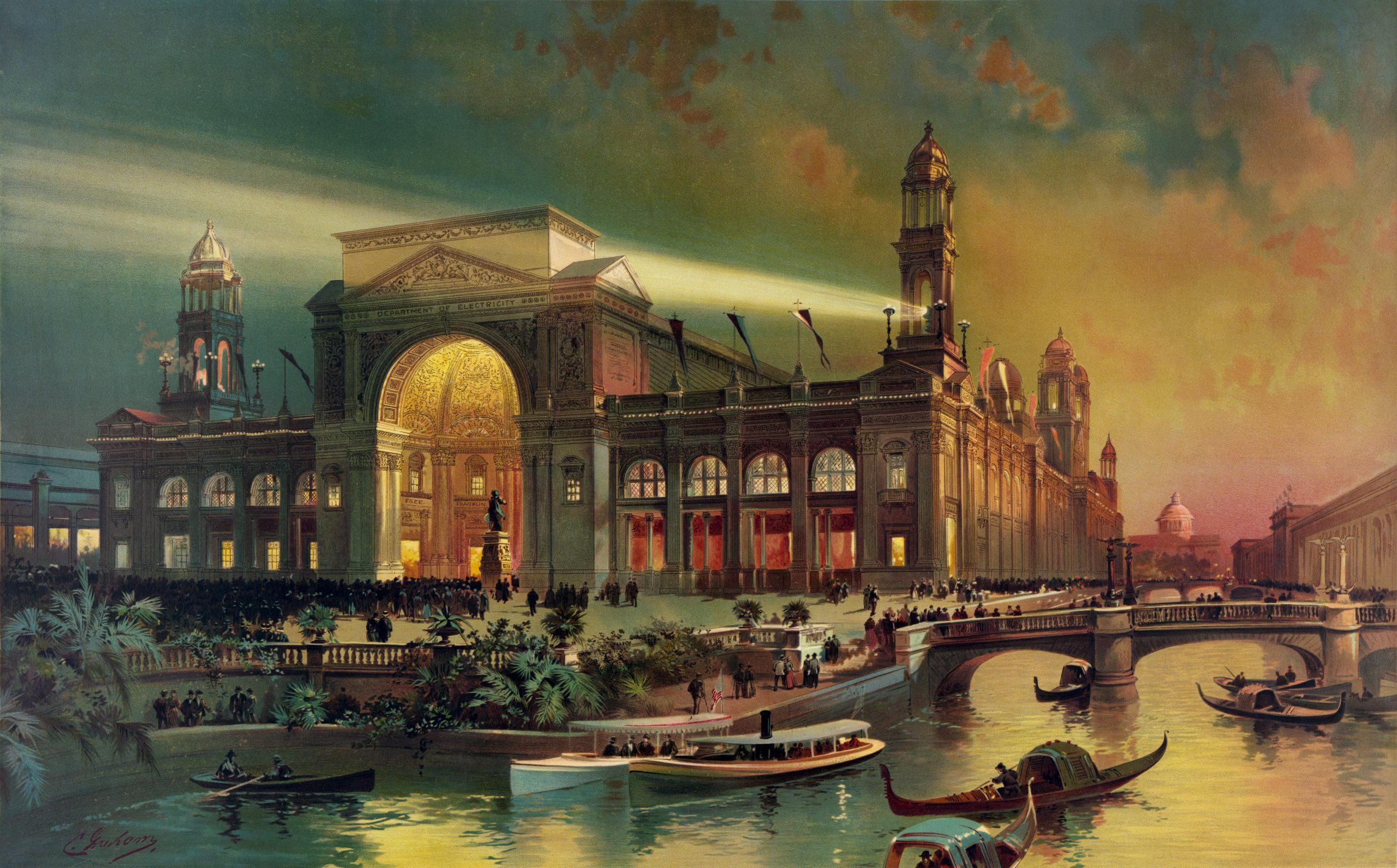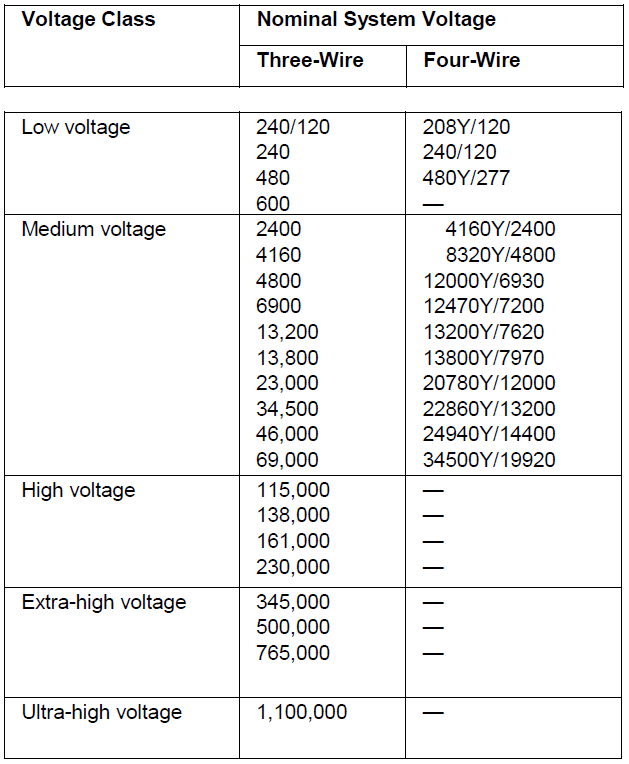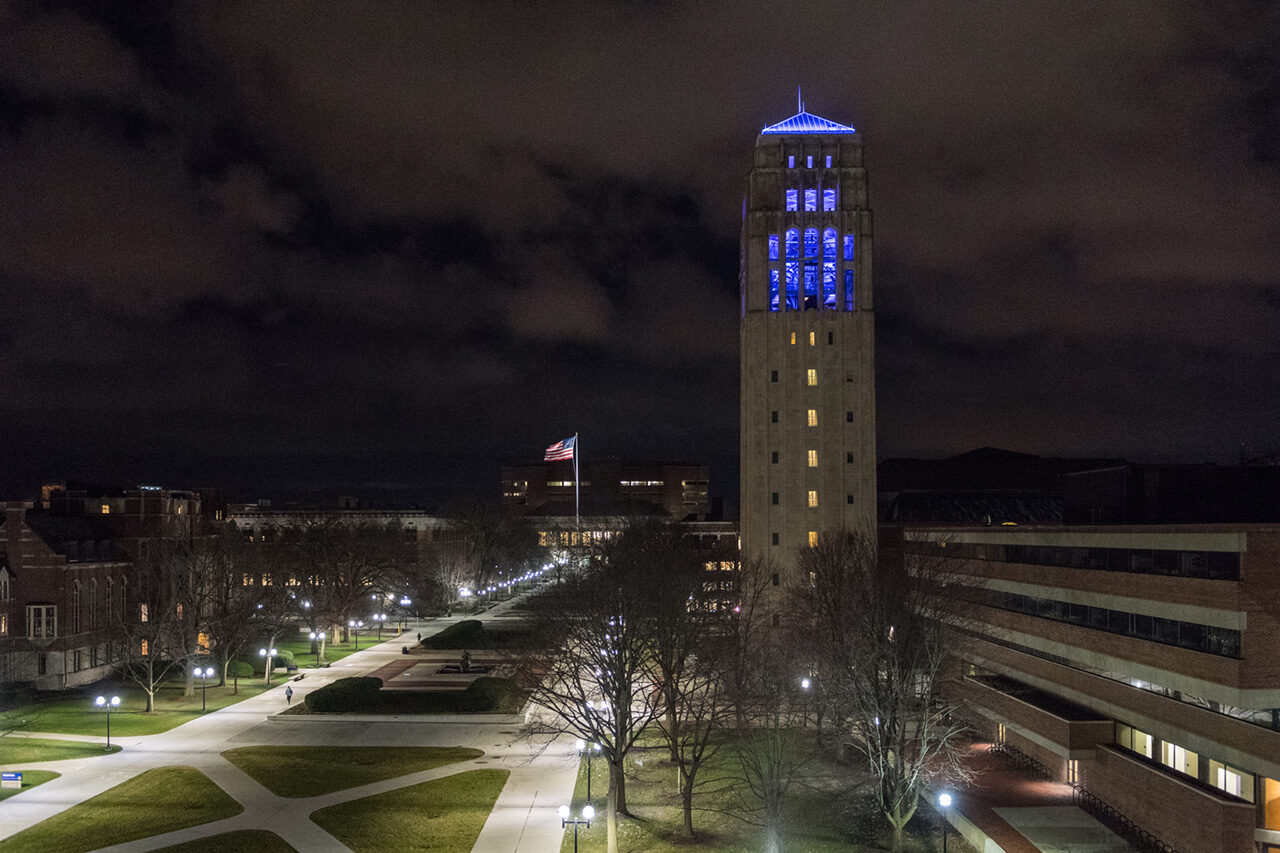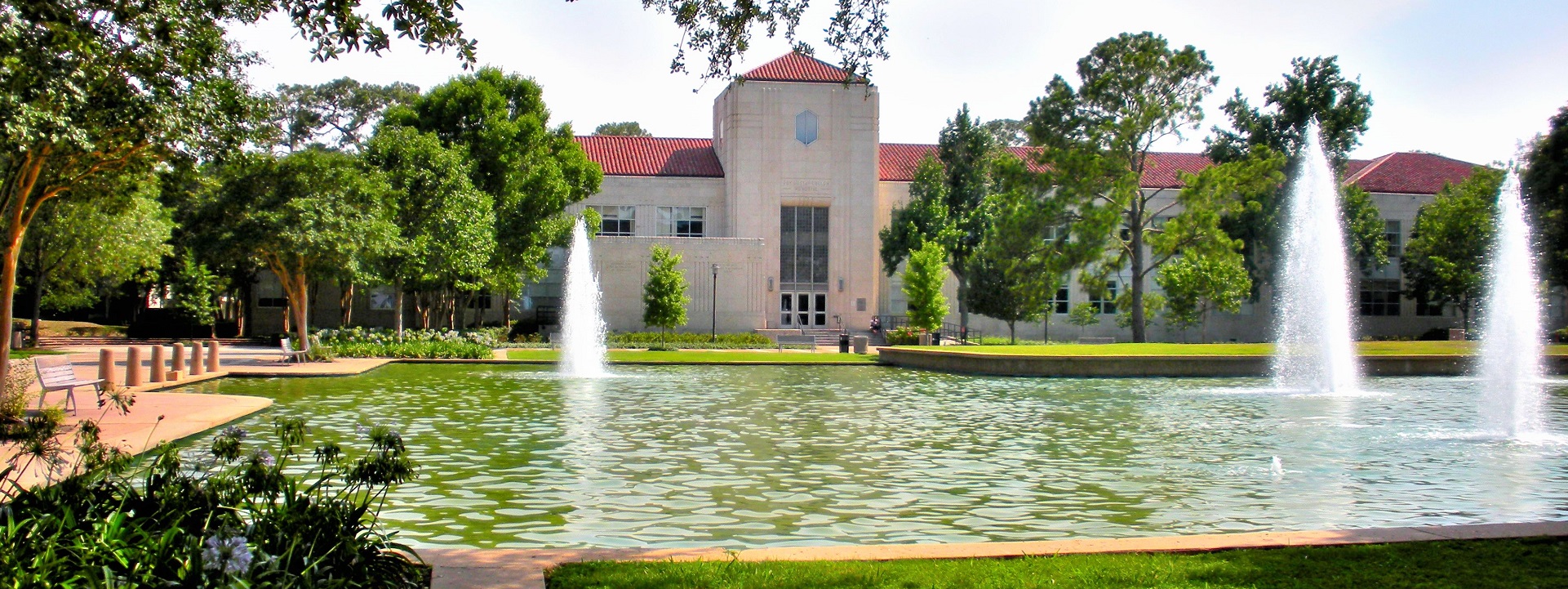
Gustavus Adolphus College | Nicollet County Minnesota
Beautiful day in the neighborhood 🤟☀️ pic.twitter.com/BRbrh8Ey8Y
— Bobby Guntoro (@bobbygunt) April 4, 2024
underway on our home track!! 🏡🍊 pic.twitter.com/iNjBL5h6mH
— Tennessee Track & Field (@Vol_Track) April 5, 2024
The Spartans swept the podium in not 1, not 2, but 3 races in a row today 😤#GoGreen pic.twitter.com/UZ1nI4X84l
— MSU Track & Field/XC (@MSU_TFXC) April 6, 2024
Recreational sports, athletic competition, and the facilities that support it, are one of the most visible activities in any school, college or university in any nation. Arguably, these activities resemble religious belief and practice. Enterprises of this kind have the same ambition for safety and sustainability at the same scale as the academic and healthcare enterprises.
According to IBISWorld Market Research, Sports Stadium Construction was a $6.1 billion market in 2014, Athletic & Sporting Goods Manufacturing was a $9.2 billion market in 2015, with participation in sports increasing 19.3 percent by 2019 — much of that originating in school, college and university sports and recreation programs. We refer you to more up to date information in the link below:
Sports & Athletic Field Construction Industry in the US – Market Research Report
Today at the usual time we will update our understanding of the physical support systems for the track and field activity listed below:
- Sprinting: Races over short distances, typically 100m, 200m, and 400m.
- Middle-distance running: Races covering distances between sprinting and long-distance running, such as 800m and 1500m.
- Long-distance running: Races over longer distances, including 3000m, 5000m, 10,000m, and marathons.
- Hurdling: Races where athletes jump over hurdles at set distances, such as 110m hurdles (for men) and 100m hurdles (for women).
- Steeplechase: A long-distance race that includes hurdles and a water jump.
- Racewalking: A form of walking competition where athletes race over various distances while maintaining contact with the ground.
- Relays: Team races where athletes take turns running a specified distance before passing a baton to the next runner. Common relay distances include 4x100m and 4x400m.
- High jump: Athletes attempt to jump over a horizontal bar placed at measured heights without knocking it down.
- Pole vault: Athletes use a pole to vault themselves over a high bar.
- Long jump: Athletes sprint down a runway and jump as far as possible into a sandpit.
- Triple jump: Athletes perform a hop, step, and jump sequence into a sandpit, with distances measured from the takeoff board to the nearest mark made in the sand by any part of the body.
- Shot put: Athletes throw a heavy metal ball for distance.
- Discus throw: Athletes throw a discus, a heavy circular object, for distance.
- Javelin throw: Athletes throw a javelin, a spear-like object, for distance.
- Hammer throw: Athletes throw a heavy metal ball attached to a wire and handle for distance.
- Decathlon (men) / Heptathlon (women): Multi-event competitions where athletes compete in ten (decathlon) or seven (heptathlon) different track and field events, with points awarded for performance in each event.
Open to everyone. Log in with the credentials at the upper right of our home page.
Chariots of Firehttps://t.co/frg3Br2y4Q@EdinburghUnihttps://t.co/6sAikAY4ME pic.twitter.com/SCVu1tDFBo
— Standards Michigan (@StandardsMich) March 6, 2021
Issue: [19-46]
Category: Athletics and Recreation, International,
Contact: Mike Anthony, Jack Janveja, Christine Fischer
More





